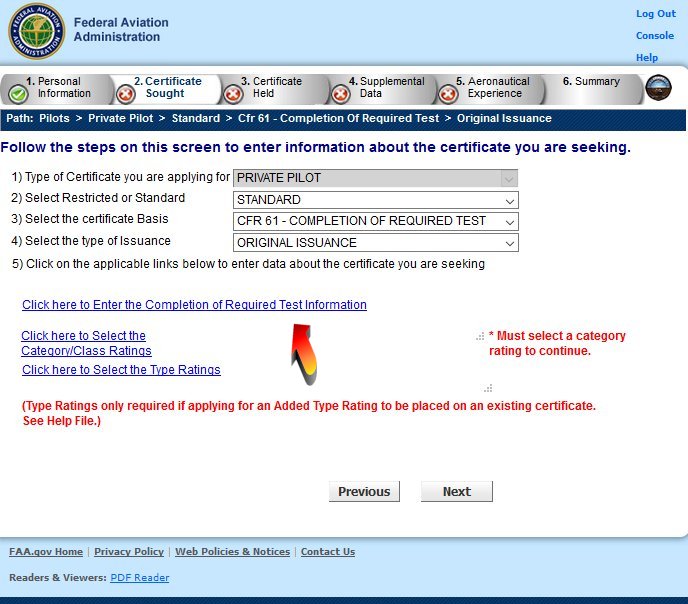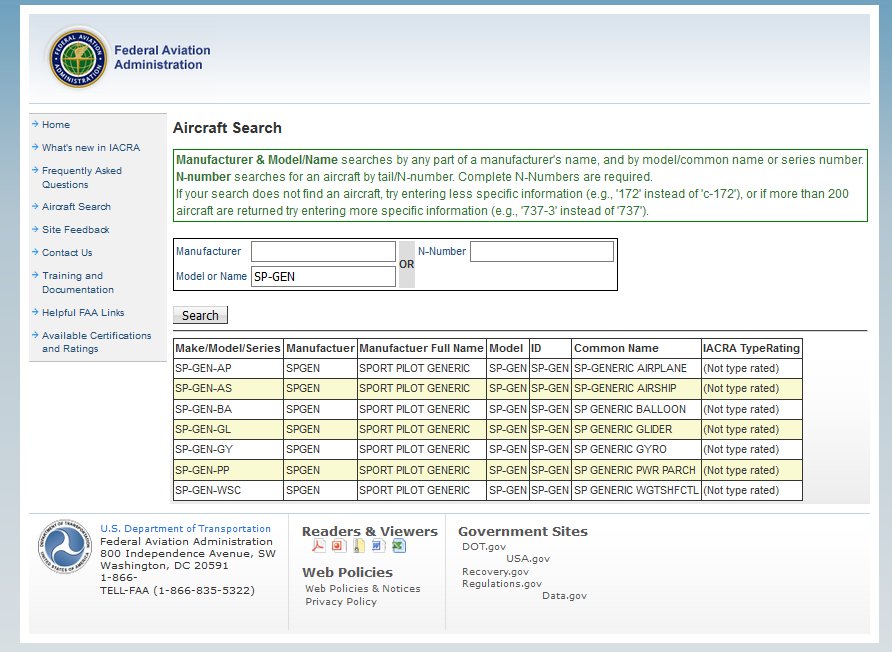Designated Pilot Examiners have experienced discussion debating what was intended in the private pilot airman certification standards (ACS) for use when demonstrating use of an installed electronic navigation system and demonstrating use of installed navigation equipment function and displays under the task of radio communications, navigation systems/facilities, and radar services. The questions related to if an applicant was required to provide an aircraft with an installed navigation system such as a GPS or VOR system or if a non-installed, but available system such as a portable GPS, a handheld VOR receiver, or an EFB device that was capable of being used for navigation would be allowed.
In a recent communication to FAA Designated Pilot Examiners, but that also has direct relevance to those providing the training for candidates for private pilot practical tests, the FAA clarified the current policy interpretation of the ACS document.
They noted as follows:
“… that the ACS navigation tasks in question can be demonstrated thoroughly either by using an Electronic Flight Bag (EFB), a hand held nav-com transceiver, installed equipment or any combination of these items. It appears that there was a change from “airborne navigation system” in the PTS to “installed navigation system” in the ACS that may have been unintended. In the June 2017 revision to the Private Pilot ACS, we will change the language in PA.VI.B.S1 from “installed” to “airborne.” We will also amend the language in PA.VIII.F.K7 to change “installed” to “available.”
Since the current phrasing was not intended, DPEs should act in accordance with the revised language as stated above for Tasks PA.VI.B.S1 and PA.VIII.F.K7.”
The implication of this for training and testing appears to allow an applicant to demonstrate these tasks in an aircraft with a non-installed, but “available” device that could satisfy the tasks. This is an important clarification for students, instructors, and examiners to make not of in that it will allow testing to be completed in aircraft that may not have a permanently installed navigation system.


